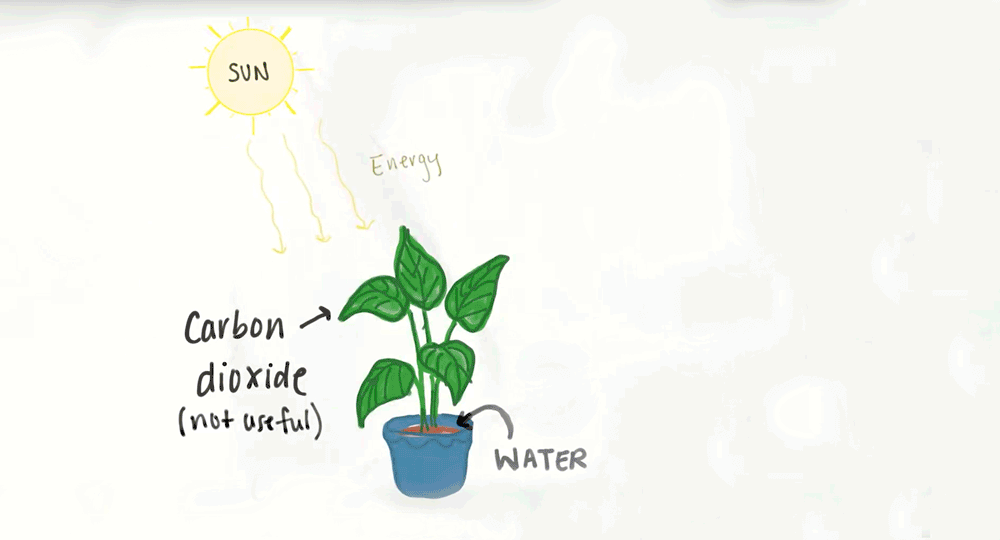SDSU professor Jing Gu’s lab is focused on renewable energy.
By Padma Nagappan
There has been so much hype about hydrogen powered fuel cell vehicles, but the concept has yet to take off on a large scale because it’s hampered by two major obstacles – it’s very expensive to produce hydrogen, and hydrogen is derived from fossil fuel power plants, making it not so green.
Chemistry researcher and assistant professor Jing Gu, with San Diego State University, is focused on making it both affordable and green, through artificial photosynthesis that mimics the plants to convert solar energy into hydrocarbons that stores energy in chemical bonds.
“Hydrogen is an energy carrier and can even send shuttles into space. It has high energy density and when burned it only creates water as a byproduct, so it’s clean burning,” Gu said.
In traditional manufacturing methods, hydrogen is produced using high temperature and high pressure, so her lab has been looking at more sustainable ways to generate it, from small and large devices that can be located on site.
The water molecule – H2O needs to be split up to extract hydrogen and separate it from oxygen, and she has collaborated with Princeton University to look at extracting it from wastewater sources, because it contains bacteria that can be used to treat the wastewater and generate electricity.
Gu’s contribution to that research project was a photovoltaic converter device which converts water into hydrogen under solar irradiation. It simulates sunlight using a solar lamp, and the electrode or semiconductor Jing uses after coating it with catalytic materials converts solar lamp energy into hydrogen.
“The typical solar panel absorbs light from the sun and reflects it back, but there is a lot of lost energy because of the reflection. But if you use silicon based nanomaterials, it can significantly boost efficiency, with very little transmission loss,” Gu said.
